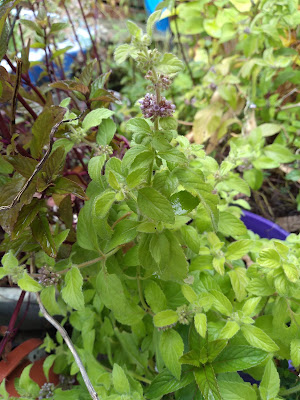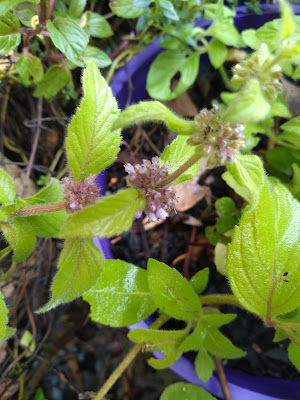When I was younger I grew a lot of
carnivorous plants. I loved them. I started with Drosera capensis,
gained some skills, and slowly built a rather impressive collection.
I
mostly had easier to grow species, many of which look incredible. I had a low of sundews and pygmy sundews, many of which I don't see for sale any more. It baffles me why they are not more common in collections because they grew so easily and looked incredible.
 |
Drosera binata and other carnivorous plant - in a cage because birds keep pulling them out of the pots
|
One carnivorous plant I always wanted
was a rather common Australian native sundew called Drosera binata. I
tried to buy a plant a few times but my timing was off and they were always
sold out, I tried to trade for it once or twice but they
forgot to put it in the package.
 |
Drosera binata - potted up after being posted
|
Now that I am older and am growing
carnivorous plants again I wanted to get the elusive (yet incredibly
common and apparently easy to grow) binata.
I paid a lot of money for
some seeds, which arrived quickly yet never germinated. I ordered
a binata ‘t form’ plant from a very reputable nursery and paid far too much
for it, this plant quickly lost all of its dew, then all of the leaves
died, then all signs of life above the soil line disappeared
completely.
Months passed and it never showed any sign
of life. I kept the pot in a tray with water just in case it was
alive, but I figured that plant was dead and I was somehow jinxed with
this species.
I found this very odd because people often comment on how binata is one of the simplest carnivorous plants to grow, it is native to my area, and I have success growing more difficult plants.
 |
Drosera binata slowly losing all of its leaves
|
Then a very generous person offered to
send me some binata plants. They sent multiple large healthy plants which I
put in multiple pots. This is different to the t form, most leaves have four
tips and the leaf petioles are quite thick.
This one self-seeds
readily, I am told that many binata in cultivation cannot set seed so I
was happy to have one that will seed. These plants did not die back
after postage, and did not lose their dew.
 |
Drosera binata
|
I thought that the binata t form was
dead so I planted one of the smaller divisions in its pot. Then, after a
week or so, the t form sprouted and grew into two plants. It wasn’t
dead after all!
After they grew larger they started to
flower. The unnamed binata also started to flower at the same time in
the same pot. The ones growing in other pots are also flowering and
developing seed. They are lovely looking plants.
The binata 't form' seems to grow branched flower stalks with many flowers, while the larger form of binata appears to produce less flowers and stalks that either don't branch or don't branch very much. This may be due to the plants being weak after postage, they may all branch a lot once they have settled in a bit more.
 |
Drosera binata flowers
|
 |
Drosera binata flowering
|
Now I have two very different forms of
binata, both of which I think are lovely, and both of which are flowering. I
am not sure if they are self-fertile or if they require cross
pollination, but both of them are setting seed.
Given that I have
two very different forms of the same species flowering next to each
other I dare say there will be some crosses and the seedlings should
show some genetic diversity. I can hardly wait to grow out the
seedlings and see what they are like.
I do sell some carnivorous plants
through my for sale page. I often have some Drosera capensis plants, capensis
seeds, and I usually have some typical venus flytraps for sale.
I probably won't sell any binata unless some of the seedlings turn into something special, I would trade them though. If you are interested in a trade I would been keen to
hear from you as there are some species that I am trying to track
down and grow again.





















